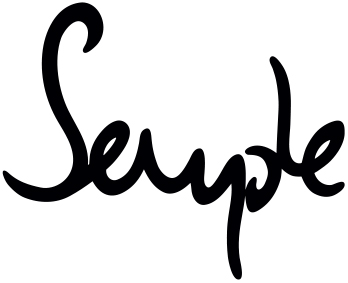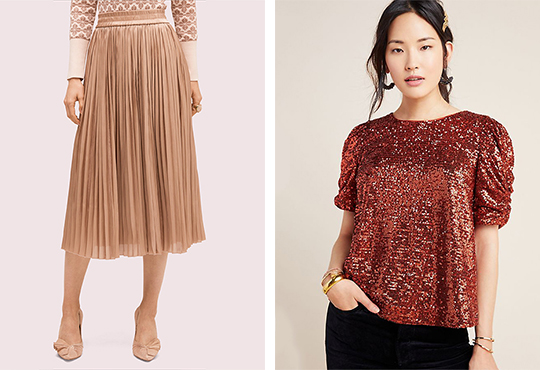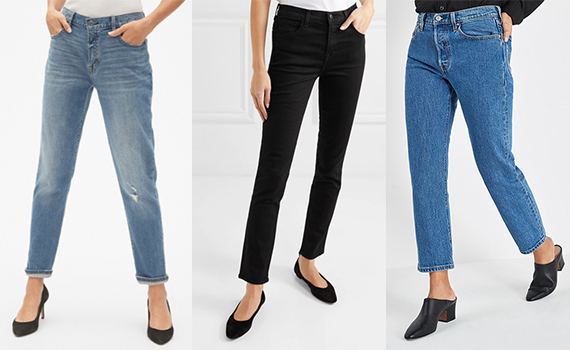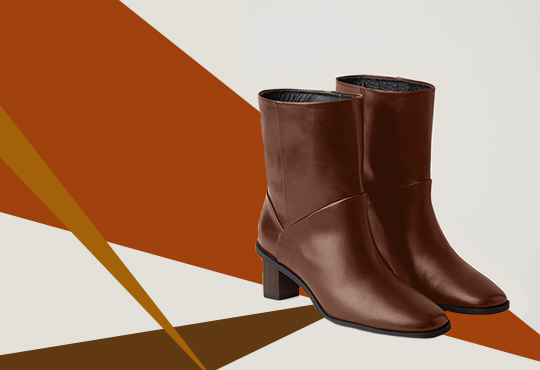`“I have always believed that fashion was not only to make women more beautiful, but also to reassure them, give them confidence.” – Yves Saint Laurent
Fashion is a universal subject, a language understood and spoken by many. When we look back over the last 100 years, the change and influence fashion has seen has been exponential. Decade after decade, new trends have been introduced, themselves heavily influenced by pop culture, political attitudes and inspiring style icons of the time.
It is a mode of expression for so many and considered a necessity by others. To be ‘fashionable’ was very much associated with wealth in bygone years but as we entered into the glittering Great Gatsby era of the 1920s, fashion became liberated as Coco Chanel took to the throne (in a fashion sense, of course.) She popularised so many pivotal fashion trends that we still wear today including the little black dress, espadrilles and costume jewellery but she was also a driving force behind this liberation movement, an advocate for casual dressing as corsets were removed and trousers for women became the new wardrobe staple.
Of course, there were other iconic women of the glistening Jazz Age who greatly influenced our liberation of style too. Greta Garbo, Colleen Moore and Anita Page all played an important role in revolutionising – and normalising – the way we dress and style our hair, paving the way for future decades of inspiring and truly innovative fashion trends.
The androgynous trend carried on through to the 1940s, elevated by Katherine Hepburn in her masculine shirt and loose fitting trousers. By the 1950s, the French designer, Christian Dior, had introduced us to one of fashion’s most widely-worn trends – the pencil skirt. A popular choice for the First Lady of the time, Jackie Kennedy.
In what became known as the ‘rebellious era’, the 1960s was a great contrast to previous decades. It was a time of great upheaval, both politically and creatively and is synonymous with a much shorter hemline as governed by British designer, Mary Quant presented and her mini skirt. Mod fashion also came into play, with bold geometric shapes, bright primary colours and psychedelic prints introduced by designer, Emilio Pucci. It was the decade of experimentation and non-conformity, which carried on through to the 1970s. As hemlines began to get longer and trousers grew tighter, bohemian dressing took centre stage – literally, in the case of style icon, Joni Mitchell. Long, flowing skirts, the DVF wrap dress and embroidered, peasant style clothing became increasingly popular, advocated by stores including Biba and Laura Ashley. The 1970s is a perfect example of the cyclicality in fashion trends. Last summer, more than 40 years on, we have seen the off-shoulder Bardot and embroidery trends taking over our favourite high street stores once more in a revival of the most popular looks from the decade.
Disco clothing with platform shoes and bell bottom jeans soon led to the memorable punk rock era of the 1980s, fuelled by bands like the Sex Pistols and designers including Vivienne Westwood. Jackets and distressed denim were decorated and adorned with spikes and studs – it was a DIY era, not only with fashion but with hair styles too.
In just fifty years, fashion went through a phenomenal change – from floor length embellished dresses and the introduction of trousers for women to hot pants, mohawks and fishnet tights. Just as punk rock music had popularised and influenced many recent fashion trends, the big screen was playing its part too. Flashdance normalised leg warmers for daywear and brightly coloured, if not a little gaudy, costume jewellery became a staple accessory following Madonna’s performance in Desperately Seeking Susan. The 1980s became known as the decade for power dressing as big shoulder pads became order of the day and oversized masculine blazers became a popular look for women.
It’s sometimes hard to fathom that the ‘90s were now more than a decade ago; a time in fashion culture for minimalism, baggy jeans (for both men and women) and voluminous hairstyles. We became heavily influenced by music artists once more, with bands including Nirvana and Marilyn Manson paving the way for the popular gothic trend. But just as the 1970s has made a reappearance more than four decades on, we still find ourselves recycling trends from 40, 50 and even 60 years ago, and most recently even further back following the resurgence of the popular Victoriana trend.
While many may stray away from trends, intent on maintaining originality and a more ethical approach to fashion, most of what we wear would have been ‘fashionable’ at one stage or another – even items we find buried in the back of a charity shop or tucked away on a broken rail in a vintage emporium. Our style evolves as we age and I’m not sure we completely discover what we like and what suits us until we reach our early thirties. But whenever that personal style is sought, fashion allows us to be creative, to be original, to stand out or to fit in or provoke controversy.
Fashion is a truly universal and all-encompassing topic. Many women can spend years finding their perfect wedding dress while girls as young as seven are dreaming of becoming fashion designers, buyers, writers and now of course, bloggers. We are as much consumed by the sartorial elegance of others as ever before, following our favourite style icons on Instagram and looking to fashion bloggers for inspiration. In that respect, little has changed in all those decades with women feeling inspired by icons of their own era: the classic and androgynous style of Ingrid Bergman in the 1940s, the reign of Twiggy and her spidery lashes in the 1960s and of course, the discovery of Kate Moss in the late 1980s at the tender age of 14.
Today, the fashion industry is a highly reputable, competitive and wonderfully influential business. Our searing dedication and interest in the biannual shows at fashion week or excitement following the arrival of new season stock in Topshop has not wavered. Our commitment to fashion and looking stylish still remains original and passionate, more than 100 years on.



